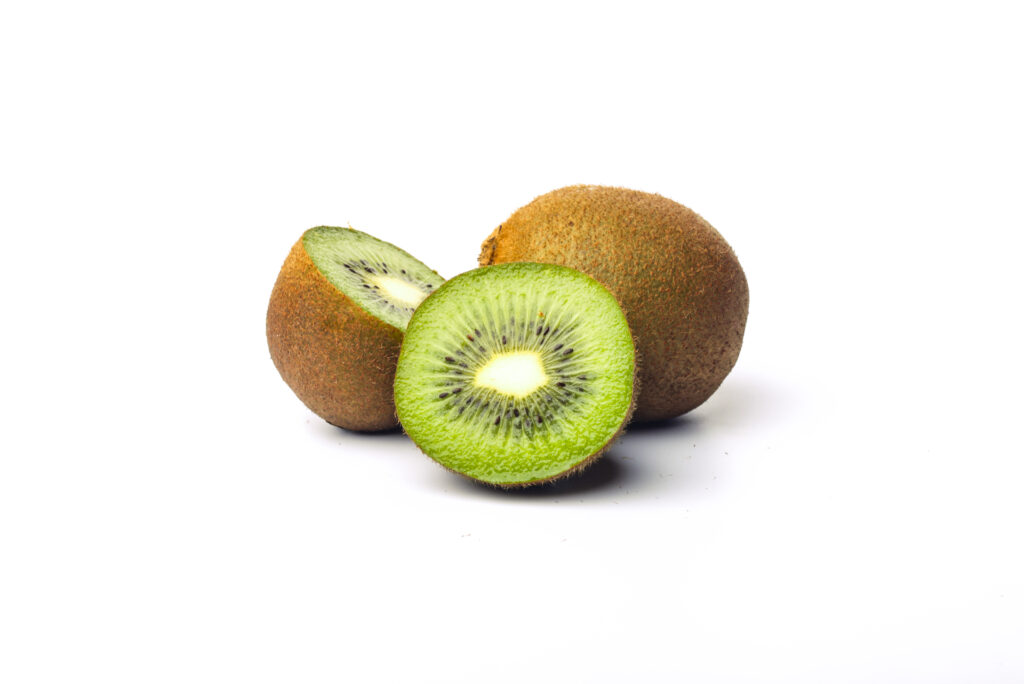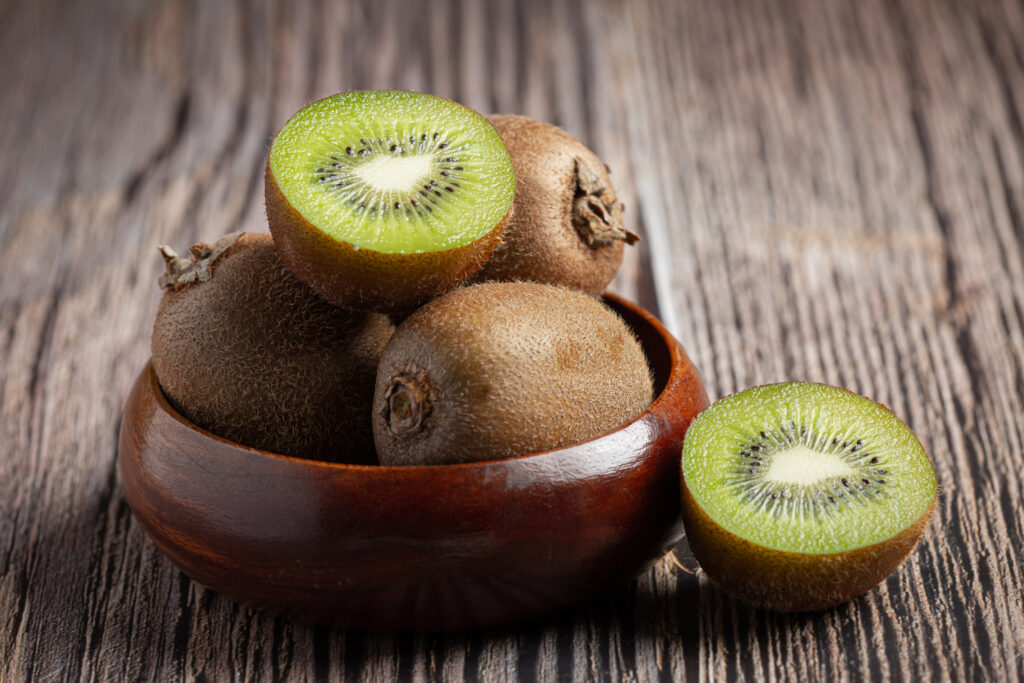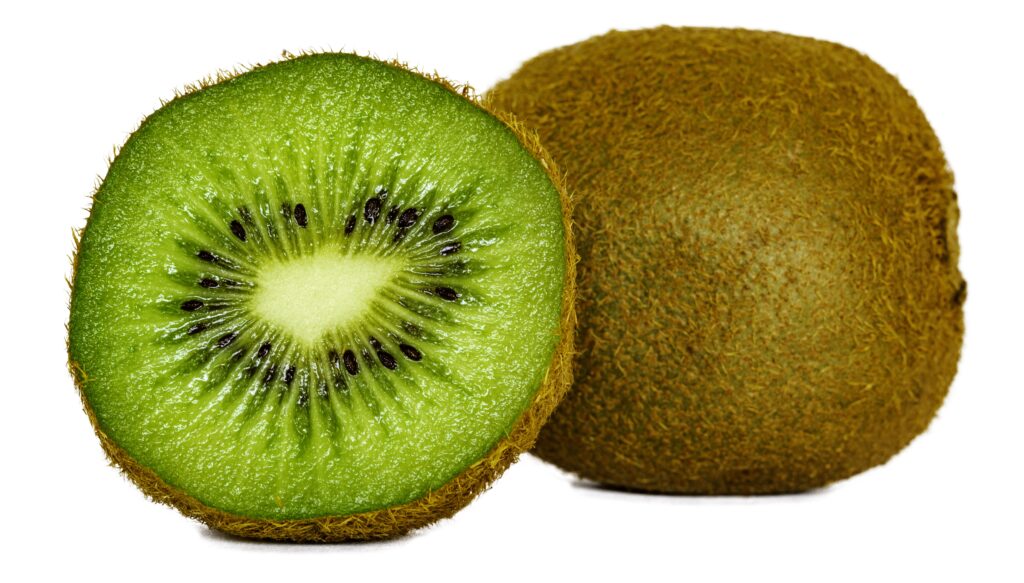Table of Contents
Let’s talk about kiwi fruit. It sits in your fruit bowl, a small, fuzzy, brown oval, often overlooked due to its flashier cousins (apples, bananas). You might pick it up, run your fingers over the slightly prickly skin, before wondering, “What is this thing?” Lets know about how to eat kiwi fruit.
Let, I’m here tell you: It’s a tiny, tart-sweet, sunny powerhouse of nutrition. Kiwifruit is an under-appreciated gem, and, once you get past its unassuming exterior, you will reveal vibrant green (or gold!) flesh that explodes with flavor and surprising nutrition benefits. This guide is your ticket to the world of kiwifruit eaters. We will explore everything from its surprising origin, to the surprisingly simple method to eat it, and the surprising reason you want to have it in your kitchen.
these posts are very useful for your diet journey- Water apple benefits, Avocado benefits, Star Fruit benefits, Pineapple benefits…and more in health-icon.com

Where Does Kiwi Fruit Come From?
You may find it surprising that the fruit we refer to as the “kiwi” has a passport even more exotic than its ties to New Zealand. Its original name is the Chinese gooseberry, and it comes from the valley of the Yangtze River in northern China.
So, how does it come to be known as the “kiwi”? In the early 20th century, the seeds were sent to New Zealand, where horticulturists cultivated the vines and proceeded to do quite well in their climate. In the 1950s, as the fruit gained popularity for exportation, marketers wanted a new name that was more appealing than “Chinese gooseberry.” With Cold War tensions at the forefront, it was no longer cool to have a product labeled as “Chinese,” and this is where the kiwifruit and the big marketing and advertising idea emerged.
Named after the small brown fuzzy bird that is recognized as New Zealand’s national symbol, the “kiwifruit” name took hold, and New Zealand became associated with high-quality kiwis. Today, kiwis are also grown in Italy, California, Chile, Greece, and beyond, but your first automatic response is still New Zealand.
How to Eat Kiwi Fruit
Here’s the moment you have been waiting for! The fuzz on the skin is the main hurdle for a lot of people but, really, it is perfectly edible. There are a variety of options, from tried and true to a little more adventurous of how to eat kiwi fruit.
How To Eat Kiwi Fruit Method 1: The Spoon Method (The Easiest Way)
This is the classic method how to eat kiwi fruit when you want a quick, no mess, no peeling snack.
1. Pick A Ripe Kiwi: The fruit should yield slightly when you apply gentle pressure; this is similar to how you check a ripe peach.
2. Cut it in Half: Use a knife to slice the kiwi in half straight down the middle so you have two pieces that are equivalent.
3. Scoop and Eat: Use a spoon, place it between the skin and the flesh, and easily run the spoon around the kiwi. The flesh should pop out when you are finished all the way around; it should come out in a near-perfect and beautiful half-moon. You can eat it straight out of the skin with a spoon like a mini bowl!
How To Eat Kiwi Fruit Method 2: The Simple Peel (For Slices and Dices)
This How to eat kiwi fruit method is ideal for removing the skin when you’re adding kiwi to a fruit salad, smoothie, or salsa:
1. Slice Off the Ends: Cut a thin slice off the top and bottom ends of the kiwi.
2. Once again, insert a spoon in between the skin and flesh at one of the cut ends.
3. Gently rotate the kiwi and guide the spoon around the inside of the skin. The entire fruit should simply slide out and be ready for slicing.
*Pro Tip: How to eat kiwi fruit, a small serrated knife, or a sharp peeler, also works well for peeling if your kiwi is firm.
How To Eat Kiwi Fruit Method 3: Embrace the Fuzz! (Eating the Skin)
How to eat kiwi fruit- That’s right! The skin is completely edible and provides a little extra fiber, folate, and Vitamin E; it simply takes a little adjustment in your head to be able to eat it.
1. Scrub! Clean the outside under running water like you would an apple to rid it of any dirt or debris.
2. Pat dry! Because you may want to take the fuzz a little further from your mouth, it’s a good idea to pat it dry with a paper towel.
3. Bite or cut! Now you can either cut the squash into lovely rustic rounds and serve it that way, or you can bite it like an apple. The skin of the squash has a slightly tart earthiness to it that nicely offsets the sweetness of the flesh.
Creative Ways to How To Eat Kiwi Fruit
You Worried about how to eat kiwi fruit, you try this type-
• Smoothies: No need to peel! Just chop and toss in a blender, you’ll have a bright, tangy smoothie.
• Kiwi Salsa: Dice kiwi, red onion, jalapeño, and cilantro for an eye-catching salsa perfect for fish tacos or grilled chicken.
• Fruit Tart Topping: The bright green color makes kiwi a beautiful and tasty choice for toppings for tarts and pavlovas.
• Meat Tenderizer: The actinidin enzyme can breakdown protein. Pureed kiwi in a marinade is great for meat (just don’t marinate for more than 10-15 min. or else it will get mushy).

Kiwi Fruit Benefits
Don’t let its small stature mislead you, the kiwi fruit is actually a nutritional powerhouse. Here are ten reasons why you should be eating kiwi:
1. Vitamin C powerhouse– Farewell oranges! Kiwi has almost manic, on a per gram basis, a vitamin C content of almost twice that of an orange. One kiwi will certainly provide you with much more than the recommended amount in a day, which gives your immune system an amazing boost and can help with skin health.
2. Digestive helper – Kiwis are a natural source of an enzyme called actinidin, which helps break down protein and allows kiwis to be a great companion to protein-heavy meals.
3. Sleep enhancer – If you have difficulty sleeping, there are studies that suggest that kiwi antioxidants and serotonin may improve the quality and duration of your sleep.
4. Heart protector – Kiwi is rich in potassium, fiber, and antioxidants – supports normal blood pressure, lowers cholesterol, and lowers the risk of heart disease.
5. Vision supporter – Kiwis contain lutein and zeaxanthin, antioxidants known as “eye vitamins,” that have protective properties against age-related macular degeneration.
6. Beautiful skin – The combination of vitamin C (which your body needs to produce collagen) and vitamin E (a stellar skin-loving antioxidant) turns kiwi into a true beauty food.
7. Folate promotes healthy cell growth and development and is very important for pregnant women and your DNA.
8. Low GI: Kiwi naturally tastes sweet, but it has a low glycemic index (GI). A food with a low GI means that it slowly releases sugar in your bloodstream, meaning you won’t have a spike in your blood sugar.
9. Iron enhancer: Because kiwi has so much Vitamin C, it can significantly help your body absorb iron from other foods, which is great for prevention of anemia.
10. Hydration: Kiwi is over 80% water, meaning it is a delicious and hydrating snack that reason we know that how to eat kiwi fruit.
Kiwifruit Nutrition
So, what exactly are you getting in one medium-sized (approx. 69g) green kiwi fruit?
- Calories: 42
- Carbohydrates: 10.1 g
- Fiber: 2.1 g
- Sugars: 6.2 g
- Protein: 0.8 g
- Fat: 0.4 g
- Vitamin C: 64 mg (71% of Daily Value)
- Vitamin K: 27.8 mcg (23% DV)
- Potassium: 215 mg (5% DV)
- Vitamin E: 1.0 mg (7% DV)
- Folate: 17.2 mcg (4% DV)
It’s a low-calorie, nutrient-dense package that delivers a serious health punch of kiwi and consumer know about how to eat kiwi fruit.

Kiwi Fruit Plant
It’s easily overlooked that this handy supermarket fruit grows on a vine. The kiwi plant (Actinidia deliciosa) is a woody, deciduous vine that resembles a grapevine to some degree. It requires a strong trellis system for support, as it can grow fairly vigorously. The plants are usually dioecious, meaning you need both male and female plants for fruit production with some of those varieties now self-fertile. The plants bear lovely creamy-white flowers in the spring before developing fruit that will ripen over the growing season and know about how to eat kiwi fruit in this blog post.
Kiwi Fruit Price
The price of kiwi fruit may change according to the season, variety, or origin. In general, you may expect to pay around:
• Conventional Green Kiwis cost between $0.50 to $1.00 each, or about $3 to $5 for a bag of six to eight.
• Organic Kiwis usually cost between $1.00 to $1.50 each, and
• Golden Kiwis, which are sweeter, not as acidic, and have a smooth texture/candy skin, are typically premium and cost between $2.00 to $3.00 each.
They are in season during fall and winter (October to May), which is when prices are usually the lowest.
Kiwi Fruit Side Effects
For most people, kiwi is a healthy and safe food. There are, however, a few things to keep in mind:
• Kiwi Allergy: Kiwi allergy is well-documented, and reactions can vary from mild oral allergy syndrome (itchy mouth, lips, and throat) to more serious allergies. If you know you are allergic to latex, birch pollen, or avocados, you may be more likely to be allergic to kiwis.
• Enzyme Sensitivity: The enzyme actinidin can be a mild irritant for some people, with tingling on the tongue and in the mouth or slight rashing when in contact with the skin. Cooking kiwis inactivates this enzyme.
• Dairy Interaction: Actinidin will breakdown protein, and if kiwi is added to a dairy-based food (such as yogurt or gelatin) and it is allowed to sit, it will devolve into a watery, or inedible, bitter mass. If you are making a parfait, make it just before eating. Canned (heat-treated) kiwis will not create this change.
Conclusion
When you next go grocery shopping, think twice when you see that fuzzy little piece of fruit. Pick up a few, try one of our numerous options, and discover the vibrant, tart, and really good for you superstar inside. How to eat kiwi fruit whether you spoon it, peel it, or take your chances with the skin – you won’t regret it!
Do you have a favorite way to eat kiwi? Share your kiwi delights with me in the comments below.
FAQs
Do you have to peel a kiwi to eat it?
Not at all! The skin is completely edible and packed with extra fiber and nutrients. The easiest method is to wash it thoroughly, slice it into rounds, and eat it like an apple slice. If the fuzz bothers you, the classic “spoon method” (slicing it in half and scooping out the flesh) is a perfect no-peel alternative.
What are the top health benefits of eating kiwi?
Kiwi is a nutritional superstar. Its top benefits include:
Boosting Immunity: It has almost twice the Vitamin C of an orange per gram.
Aiding Digestion: A natural enzyme called actinidin helps break down protein.
Improving Sleep: Its antioxidants and serotonin may help you fall asleep faster and sleep more soundly.
Supporting Heart Health: It’s a great source of blood-pressure-regulating potassium and fiber.
Where does kiwi fruit originally come from?
Despite its strong association with New Zealand, the kiwi fruit is originally from China, where it was known as the Chinese gooseberry. It was renamed “kiwifruit” by New Zealand exporters in the 1950s after their national bird, the small, brown, and fuzzy kiwi.
Are there any side effects to eating kiwi?
For most people, kiwi is perfectly safe. However, it is a known allergen. If you are allergic to latex, birch pollen, or avocados, you may have a reaction to kiwi, ranging from an itchy mouth to more severe symptoms. The enzyme in fresh kiwi can also cause a tingling sensation for some.
What’s the best way to pick a ripe kiwi at the store?
Choose a kiwi that is plump and firm but yields slightly to gentle pressure, similar to a ripe peach. Avoid fruits that are mushy, have wrinkled skin, or show visible bruises. If it’s too hard, you can simply leave it on your counter for a few days to ripen.